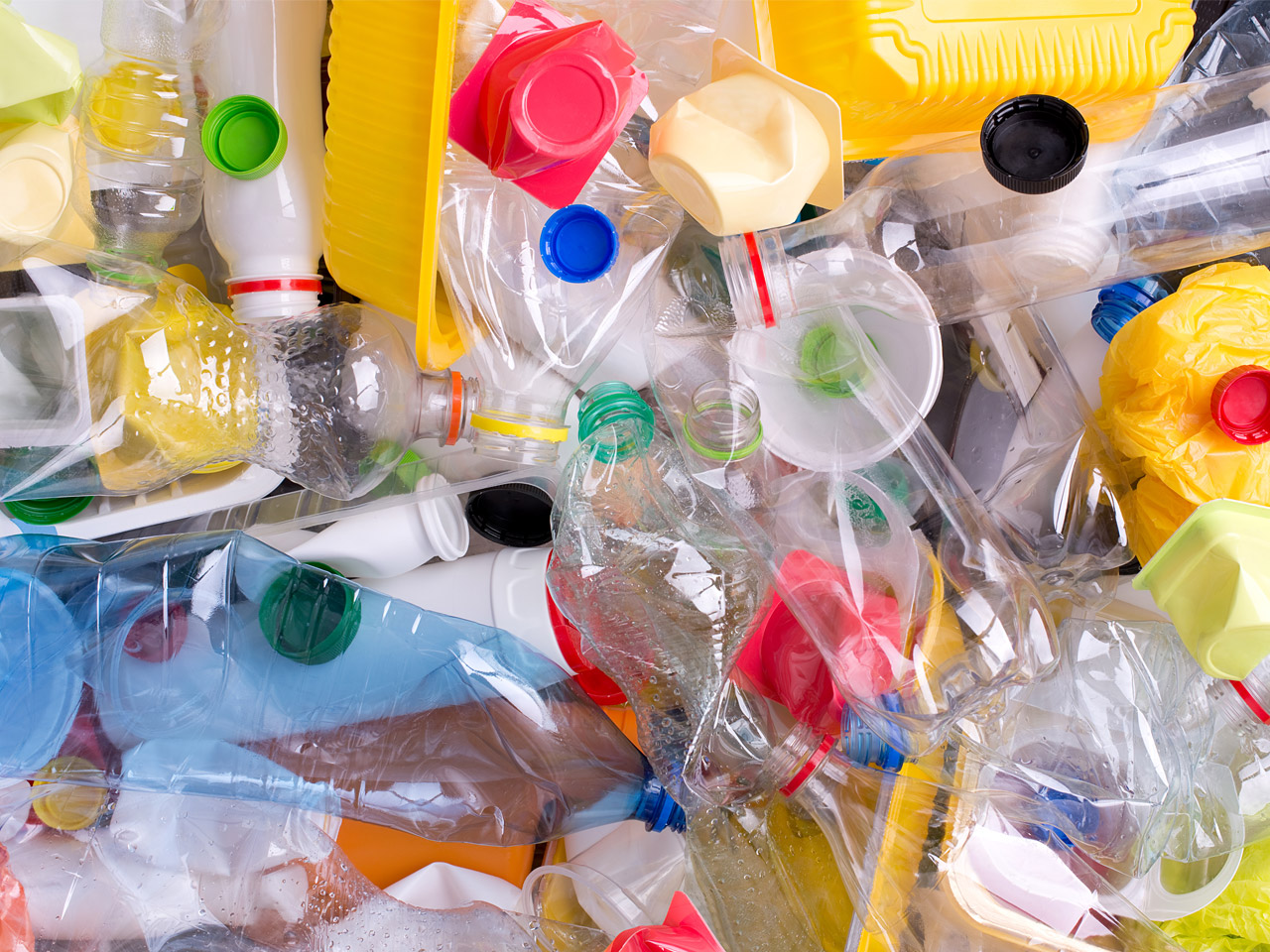
We all remember the “Mad Cow” epidemic in the U.K., other animals ingesting key parts of infected cows’ carcasses causing the spread of the disease. Many have thought the cure was simply the disposal of all parts and then feed to other domesticated livestock. Yet the complete disposal of the cow was outlawed due to the spreading of the disease; which left the cattle disposer scratching their heads at the problem asking, ‘so what do we do now?’
Clemson University Scientists have found a method of reducing the amount of disposed cattle by utilizing certain parts. These parts specific came after the Food and Drug Administration classified certain areas of the cattle being processed was unfit for destruction and then consumption. So the Clemson Scientist took the “cattle material prohibited in animal feed” and made a breakthrough.
Clemson University Scientist developed a method of recycling the cattle parts deemed hazardous, a technique to convert cow bone meal and meat into a bio-plastic material. Having a biodegradable plastic like material, the scientists developed a grocery store style plastic bag, which is biodegradable. Which makes, asking for double plastic at the grocery store to be a viable option for shoppers, looking for eco-friendly options?
Perhaps you consider yourself to be a festive individual, around those nice fall and winter holidays, one would wager you’d have a candle burning; perhaps a wonderful pumpkin spice or maybe an cranberry-orange medley. Chances are good for many. Yet when you work late into the evening making those famous holiday pies for granny’s house, the phrase “burning the midnight oil” might be mentioned. You should now it is not in reference to the oil lamps of 18th century; it’s actually in reference to the chemical makeup of the candles. If it is a wax candle you’re burning, than it is made completely of raw petroleum, which in its form is plastic, burning. Health concerns aside something could be said about burning plastics (petroleum) inside of a home. But if you are feeling light headed, you could always take Aspirin.
Painkiller or over the counter medicines typically come in a plastic container, included in these assortments of pain meds, is the container they are purchased in. Containers are important with making sure the seal is unblemished and sealed tightly, yet the containers aren’t the issue of concern. For the pills themselves, a shiny exterior is always welcomed sight, possibly a quick dissolving tab, fast acting medicine, ideal for headaches or migraines right? That shiny coat or quick dissolve capability, is actually Acetylsalicylic Acid made from petrochemicals (plastic coating). That quick dissolve notion of fast acting pain meds, is caused by the plastic coat dissolving in stomach acids at a high rate of speed. Might think twice before you pop another Aspirin or vitamin.
But pain and chemical inhalation aside, plastic can come in the most vain of places. For instance; some perfumes have the sweetest of aromas, yet those aromas are derived from the same petrochemicals that make up the coating of the Aspirin. Is this making your skin itch with shock? Perhaps some skin lotion? Perfectly adapt for moistening your skin, rehydrating it too, but sorry to tell you ladies and gentlemen Polytetrafluoroethylene, or easier to say – Teflon is the chemical ‘make-up’ of the facial cream. It just has some added aromas to the plastic ‘goo’ to help pretty-it up.
From where the plastic bio-degradable bags come from, to ingesting quick release (dissolved plastics in stomach acid) pain medications to even Skin Creams made of Teflon, perhaps these common house hold items should be reconsidered or at least reconsidered for their immediate use within the home.